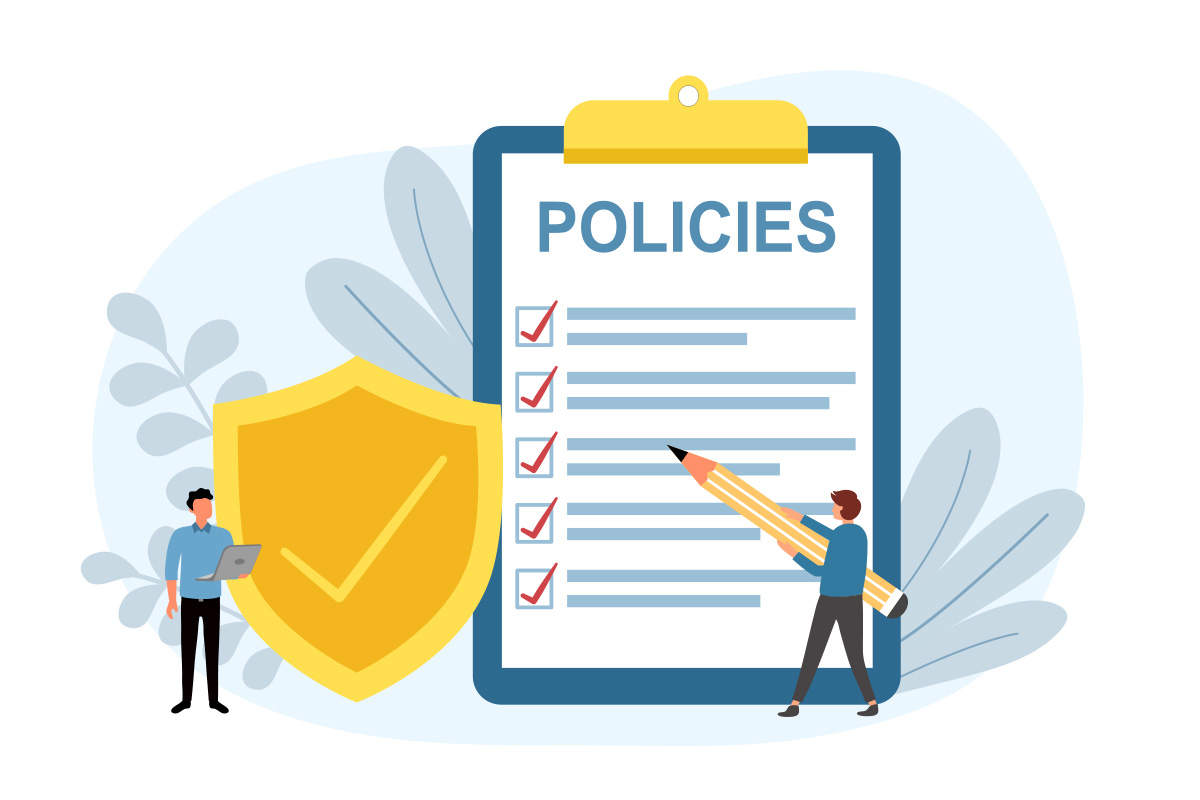How much of an impact is artificial intelligence (AI) having on the insurance sector? The numbers are staggering: Experts are predicting, between 2021 and 2028, a compound annual growth rate of 24.05%. This isn’t surprising because artificial intelligence has been making a big impact in a wide range of industries. There are a few specific ways in which AI can transform processes that improve efficiency for insurance employees and, as a result, boost customer satisfaction.
1. Automating the First Notice of Loss Process
The first notice of loss is the first step of the claims process. This is when the claimant initially gets in touch with their insurance company and informs them of the incident they may be covered for. Traditionally, this may involve someone either going through a lengthy phone call or visiting an insurance company in person to fill out several forms. Then the insurance company has to analyze the information presented and weigh it against several factors. It's not uncommon for this process to take several days. But with automation, it can be done in minutes.
For example, an insurance company called Lemonade has an artificial intelligence-powered but named Jim. Jim can automatically walk claimants through the first notice of loss process. It can then run the information they provide through a set of algorithms and decide how much the claimant should receive.
Jim’s personal record is three seconds. That’s how long it took to cross-reference a claim against information in the user's policy, run the claim information against 18 different anti-fraud algorithms, approve the claim, send wiring instructions to the bank, and let the customer know how much they were getting.
As a result, there’s far less work that has to be done on the part of insurance employees, and the customer gets their money in a matter of hours after the claim instead of having to wait a week or longer. Consequently, the insurance policy administration process is faster, easier, and far more user-friendly.
2. Automating the Claims Segmentation Process
To facilitate the efficient processing of claims, insurance companies must segment them according to a range of different categories. For example, some claims are so complex that they have to be handled by certain professionals within the company. Others are simpler and much of the work can be managed by a self-service process where the customer enters the bulk of the information.
Deciding which process, person, or group of people should manage a claim can be complicated and very time-consuming. On the other hand, using automated claims segmentation, all of these decisions can be made without human intervention. In other words, within moments, the system can send a claim to the appropriate person, department, or automated self-service process, instead of an employee spending hours trying to figure out what needs to be done with each one.
In the end, employees can spend less time working on claims and customers get their money sooner—and automation delivers a big win-win for all parties.
3. Automating the Claims Process
By automating the claims process during insurance policy administration, both customers and insurance companies benefit. Faster claims save insurance companies money because they can reduce expenditures on personnel that have to manage the complex parts of each claim, as well as realize some other significant savings. For instance, if a claim can be resolved within a day after a car accident happens, the insurance company doesn’t have to pay for multiple days of car rental expenses. If it costs around $28, for example, to rent a car every day, and you eliminate that expense by a day, the savings can add up quickly. Major insurance companies perform thousands of claims every day, so what may seem like incremental savings can have a major impact.
For example, Progressive Insurance can send an adjuster to check out a damaged vehicle almost immediately after the accident happens. They can enter information regarding the kind of damage to the vehicle into an automated system that helps calculate how much the customer should get. They can then write a check, in some cases, right there on the spot.
Another major insurance provider, GEICO, has an artificial intelligence system that has studied millions of past claims. It then takes this information and uses it to analyze the data about new auto claims. Then, within seconds, it can decide how much a customer should get.
4. Automating the Settlement Process
Traditionally, it can take as much as a month for a claim to be settled. But using automation, insurance companies can start the settlement process even before the incident happens, effectively predicting and preparing for the future.
For example, an insurance company called Munich Re has an application named “Remote Industries.” This app records information relating to the damage that happens after a hurricane. Then, if there’s a hurricane in the forecast, the app can estimate how much damage may happen to buildings as many as two days before the hurricane hits.
Also, artificial intelligence-based algorithms can analyze high-resolution aerial photographs taken of the damage and determine how severe it is. This enables the insurance company to get started processing the claim immediately after an incident.
Start Automating Your Insurance Policy Administration with Ventiv
Ventiv provides automated solutions for various phases of insurance policy administration, resulting in simpler, more efficient processes and satisfied customers. Ventiv’s claims software has been carefully crafted by examiners for examiners. You can use it better understand claims, predict their outcomes, and use preventative measures to boost overall performance. To learn more about the potential of automation, check out this whitepaper: The Future of Insurance: Touchless Claims.







